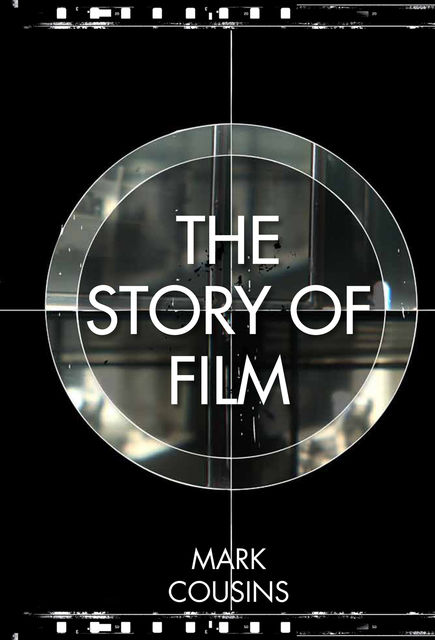
Read in our apps:
iOS
·Android
The Story of Film
This book is currently unavailable
1,088 printed pages
- Original publication
- 2012
- Publication year
- 2012
Quotes
- Алихан Исрапиловhas quoted5 years agoGombrich’s argument was that artistic influence is a matter of “schema plus correction”, but I would prefer the word “variation”. His point is that for an artform to evolve, original images can’t always be copied slavishly. They should be adjusted according to new technical possibilities, changing storytelling fashions, political ideas, emotional trends, etc.
- Carlos Hernández Caudillohas quoted5 years agoProtazanov, Sjöström, Stiller, Bauer, Phalke and Murata
- Carlos Hernández Caudillohas quoted5 years agoOnly if man one was looking right and man two was looking left would their conversation have been spatially clear and their eye-lines have matched.
fb2epub
Drag & drop your files
(not more than 5 at once)

